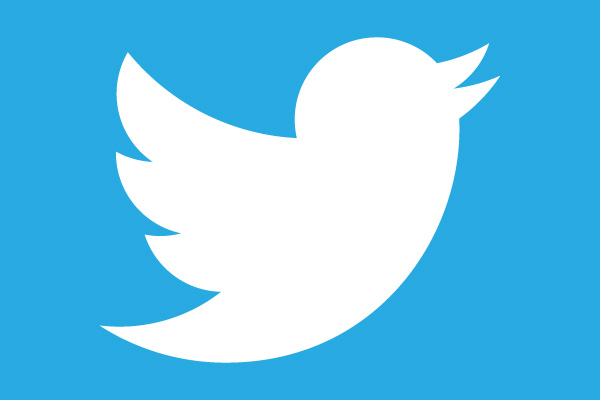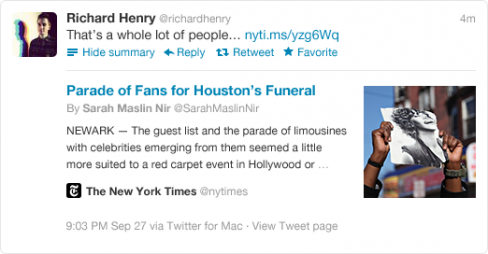Twitter is continuing its drive towards consistency, making the Twitter experience “straightforward and easy to understand” across its ecosystem, but promises to “thoroughly enforce” new and existing developer policies.
Twitter’s strive towards a consistent core “consumption experience” is great for the end user but also ensures that Twitter can generate revenue from third-party applications. Here’s what Twitter’s Michael Sippey had to say concerning the company’s consistency efforts,
“These efforts highlight the increasing importance of us providing the core Twitter consumption experience through a consistent set of products and tools. Back in March of 2011, my colleague Ryan Sarver said that developers should not “build client apps that mimic or reproduce the mainstream Twitter consumer client experience.” That guidance continues to apply as much as ever today. Related to that, we’ve already begun to more thoroughly enforce our Developer Rules of the Road with partners, for example with branding, and in the coming weeks, we will be introducing stricter guidelines around how the Twitter API is used.”
Enforcing its Developer Rules of the Road is one way of establishing consistency, but new stricter Twitter API guidelines talked about in the last line and to be introduced in the “coming weeks” establishes a potential revenue stream. Specifically, revenue from the newly introduced expanded tweets or Twitter cards feature.
Twitter cards attach content previews to tweets with links. The feature was rolled out earlier this month to limited partners, although this site did notice WordPress.com integration with expanded tweets as early as April. Twitter cards include embedded audio, images and video, but also an article’s title, description, thumbnail image and associated Twitter account.
Twitter cards will become one of Twitter’s many methods of monetization. For this reason Twitter describes expanded tweets as a mandatory feature that developers must implement in their own applications, enabling Twitter to generate further revenue from external applications.
We’ve already seen some early fall-out between Twitter and developers over this change. Yesterday, LinkedIn announced that tweets will no longer be displayed on its service. It seems that Twitter is a lot less open than it once was.













